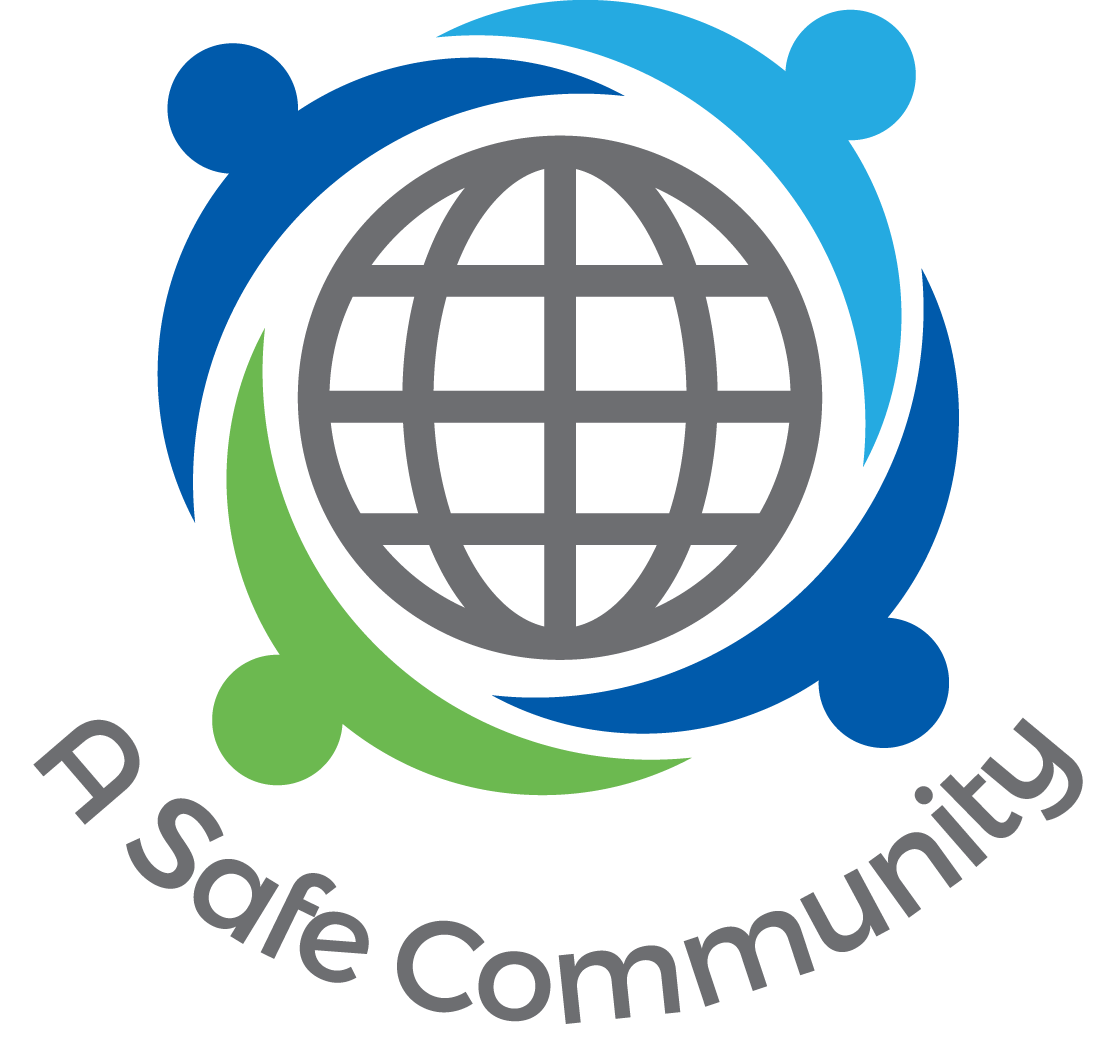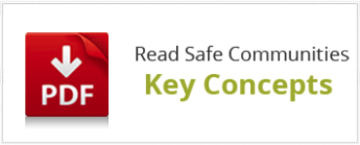History
Since the inception of the Safe Community Foundation New Zealand (SCFNZ) there has been exponential growth of Safe Communities within NZ, with 2 out of every 3 New Zealanders living in an accredited Safe Community.
Activity Reports:
July 2020 to June 2021
July 2019 to June 2020
July 2018 to June 2019
July 2017 to June 2018
July 2016 to June 2017
July 2015 to June 2016
Brief History
The driving philosophy of the ‘Safe Communities’ movement, established in Sweden in the 1980s, is to promote a culture of safety, and to prevent injuries in all areas, for all ages, in all environments and situations, involving government, non-government and community sectors. The Safe Communities concept was originally launched as an official World Health Organisation (WHO) term in their General Program in the end of the 1980’s. The co-operation between WHO and the Safe Community Movement started in 1986 and began its formal existence at the First World Conference on Accident and Injury Prevention held in Stockholm, Sweden in September 1989. In the Manifesto for Safe Communities, the resolution of the conference 1989 stated that the International Safe Community movement should work with “WHO Health for all” as a vision. The ground pillars in the Stockholm manifesto are:
- All human beings have an equal right to health and safety
- Accident and injury prevention requires coordinated action by many groups
- Health sector have a crucial role in collecting information on injured people, injury patterns, causes of injuries and hazard situations
- Local programs must include all citizens and focus on the most vulnerable
- Evaluation both of the process and outcome of a safety promotion program is important
- An international development work for safe communities is necessary
Brief History Safe Communities in Aotearoa New Zealand
- In
1995 the NZ Public Health Commission worked in partnership with the Injury
Prevention Research Centre at the University of Auckland to pilot the
'safe communities' model in Aotearoa NZ as part of the NZ Community Injury
Prevention Programme (CIPP).Waitakere and Waimakariri were the two
communities to achieve Safe Communities accreditation in 1999 as part of
the CIPP programme.
- The
high costs, associated with accreditations being undertaken by
representatives from Europe, highlighted the need to establish Safe
Communities Foundations responsible for accrediting Safe Communities
within their own countries.
- In
2004, SCFNZ was established to support the development and accreditation
of Safe Communities with initial funding from ACC. SCFNZ is the only
entity within Aotearoa New Zealand that can assess and confer Safe
Communities accreditation status to communities in Aotearoa New Zealand.
- SCFNZ
set out to create a network of communities who work collaboratively in the
community safety/wellbeing space. It was established to specifically
support communities become effective advocates and enablers of community
safety, working with the existing and new community coalitions to increase
wellbeing through growing and strengthening community activities, to build
resilient inclusive communities.
- 20
years ago, the Safe Communities network focused solely on injury
prevention, through the creation of safer environments, and increasing the
adoption of safer behaviours. Now the well-established local, regional,
and national network is more holistic and inclusive focusing on wellbeing,
placemaking and resilience alongside community safety.
- 2010 Pan Pacific Safe Communities Network is established to further support Safe Communities. SCFNZ supports and encourages community governance groups to build safety capacity and achieve recognition as Pan Pacific Accredited Safe Communities. Since inception there has been exponential growth of Safe Communities within Aotearoa New Zealand.
- 2021 Transition to a community-led network and closure of SCFNZ.


